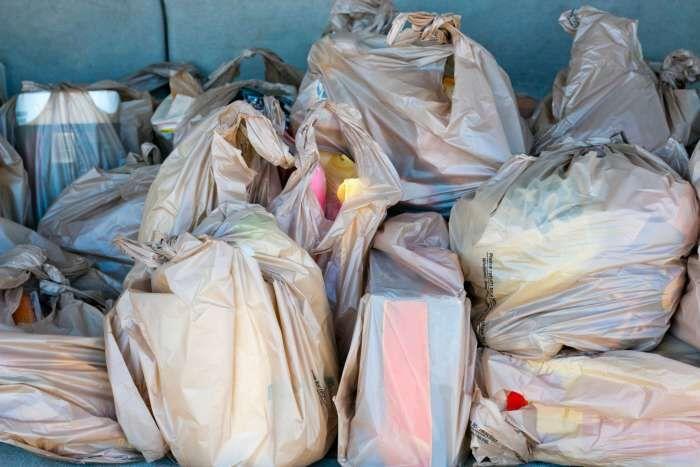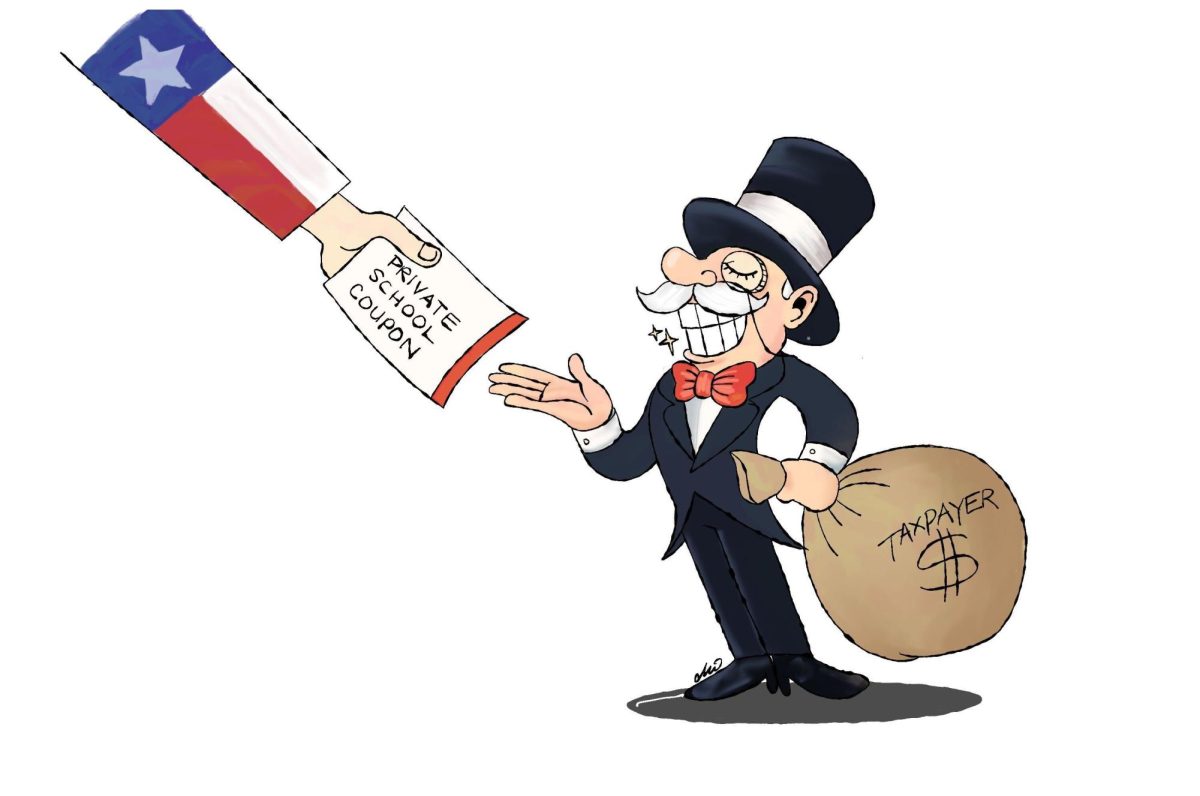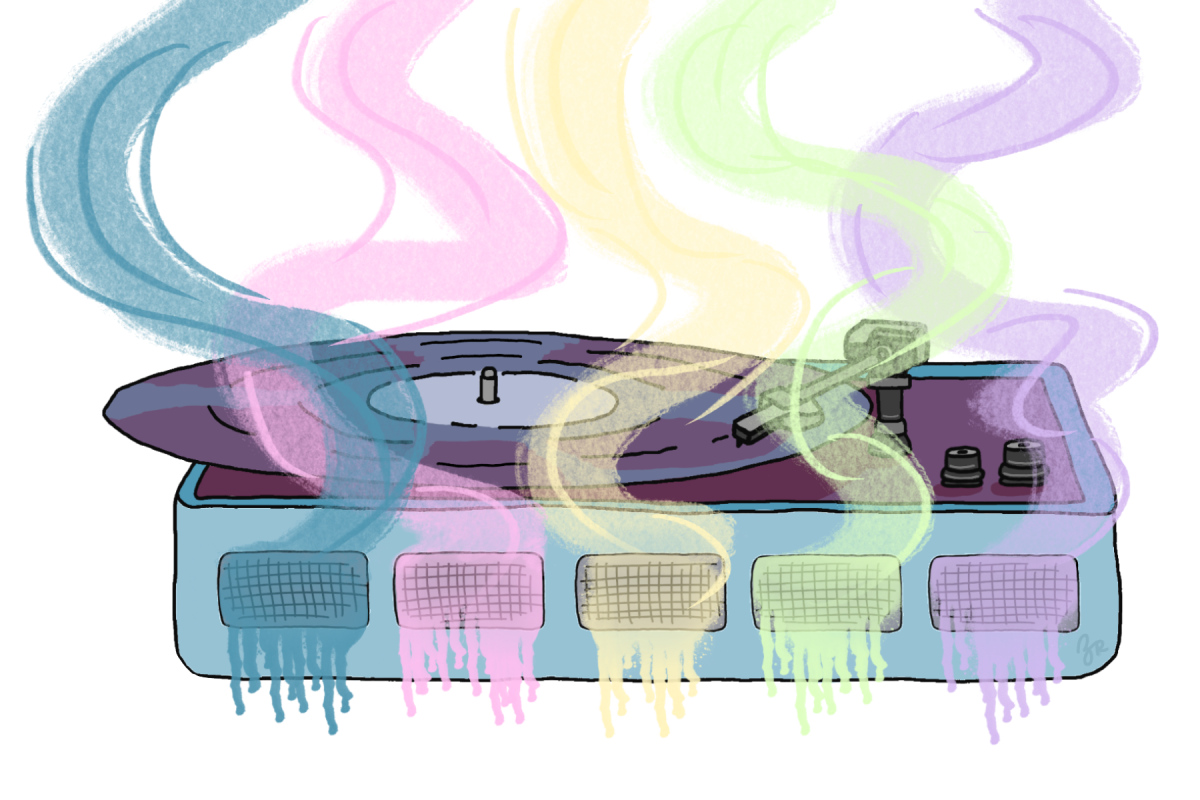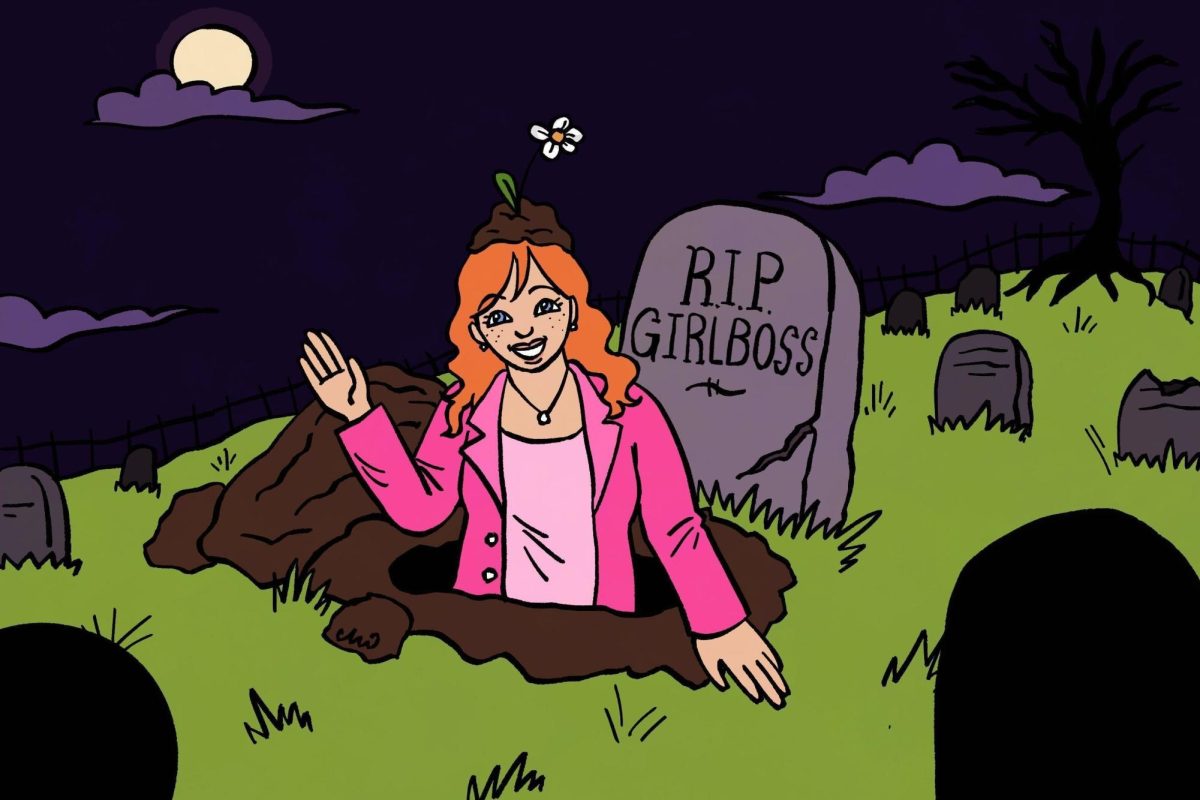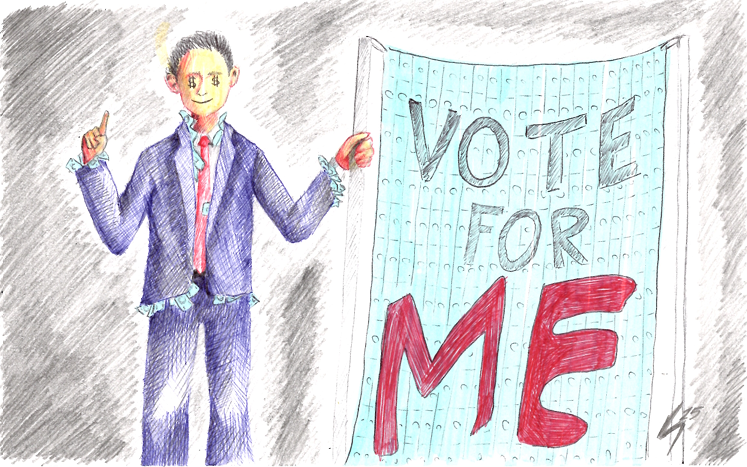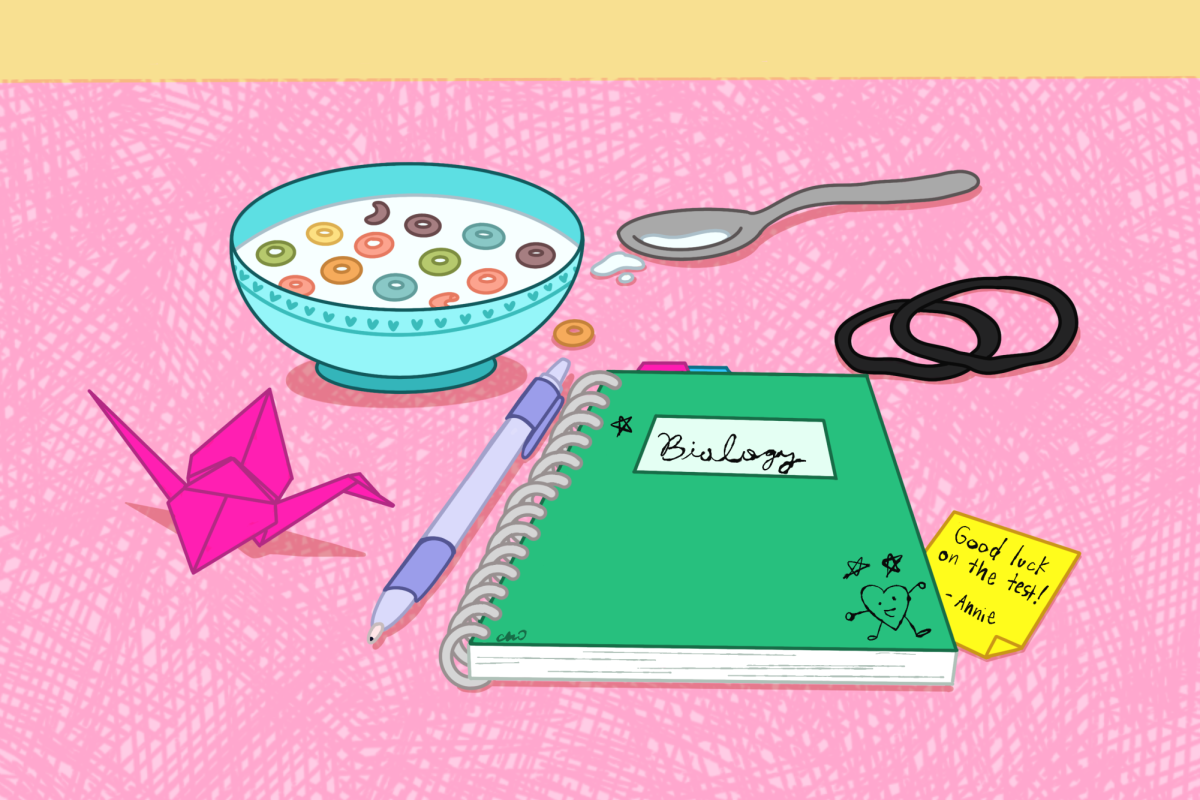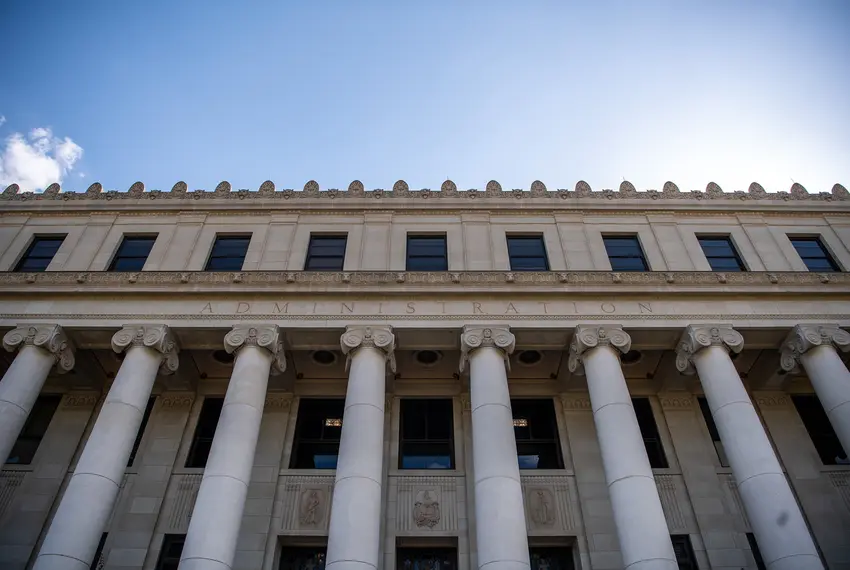In 2019, a plastic bag was found 36,000 feet beneath the ocean’s surface in the Mariana Trench. Before congratulating the expansion of retailers to a brave new frontier, one has to notice the utter lack of deep sea creatures carting around an assortment of Chia Pets, light bulbs and Great Value products. Somehow, that not-so-lonely bag’s business in the abyss turned out to be a bigger problem. The Earth is filling up with plastic.
A real Debbie-downer might say, “The Industrial Revolution and its consequences have been a disaster for the human race.” But with a better outlook, we can focus on real solutions that have been put in motion to end our looming plastic problem.
In our national parks, thousands of tons of plastic, now swirling throughout the Earth’s atmosphere, are dropped yearly by wind and rain.
On the ocean’s surface, a collection of floating plastic islands more than twice the size of Texas, the Great Pacific Garbage Patch, is growing day by day.
Closer to home, most of what you consume and interact with on a daily basis is inundated with tiny plastic particles called microplastics. Even synthetic microfibers from our clothes are a major source. Of even greater consequence, 93 percent of bottled water and 94 percent of United States tap water is contaminated with microplastics.
There’s also enough microplastics in our food to make a lego block every seven days.
That’s right my dear Batt readers, once a week you literally lay a brick. Or at least the equivalent of a brick. Thankfully it doesn’t all come out at once.
As a result, microplastics are now saturated throughout our bodies and are likely present in all major organs. Many of the long-term health effects of microplastics are still not known, but evidence suggests that they may contribute to infertility, neurological damage and a host of other issues.
One has to assume future generations will view our mass ingestion of plastic the same way we view prolific asbestos or leaded gasoline exposure in the recent past.
Texas doesn’t have a great track record with putting plastic to the curb. In 2019, the Texas Supreme Court struck down a plastic bag ban in Laredo. For the health of all Texans and the autonomy of their communities, we need to revisit this issue. All Texans know the sad sight of tattered grocery bags decorating our branches, brambles and streams. Giving communities the power to remove this nuisance exemplifies our “Don’t Mess With Texas” spirit. Not to mention, plastic bags present a major hazard for Texas livestock and wildlife.
We need novel alternatives to unnecessary plastic packaging. For example, a South African grocery chain has begun laser etching labels and sell-by dates on loose products in place of plastic labels, proving lasers truly are the solution to most of life’s greatest problems. The franchise is also encouraging customers to bring their own reusable containers.
Much of our information on the extent of plastic pollution is less than a decade old, but eight states have already enacted bans on plastic bags. In 2015, Congress amended the Federal Food, Drug and Cosmetic Act to prohibit plastic microbeads in most consumer products. Recently, the European Union has banned many forms of single-use plastics and is working toward reducing microplastics by 2030. Still, Texas and 48 other states have no legal limits on the amount of plastic allowed in drinking water.
Texas has an opportunity to be a trail-blazer in upholding natural beauty and protecting its citizen’s health. If we don’t want to live on a plastic planet, someone needs to step up and take the reins.
In an increasingly artificial world, we need to reject plastic love.
Zachary Freeman is an anthropology senior and opinion columnist for The Battalion.




